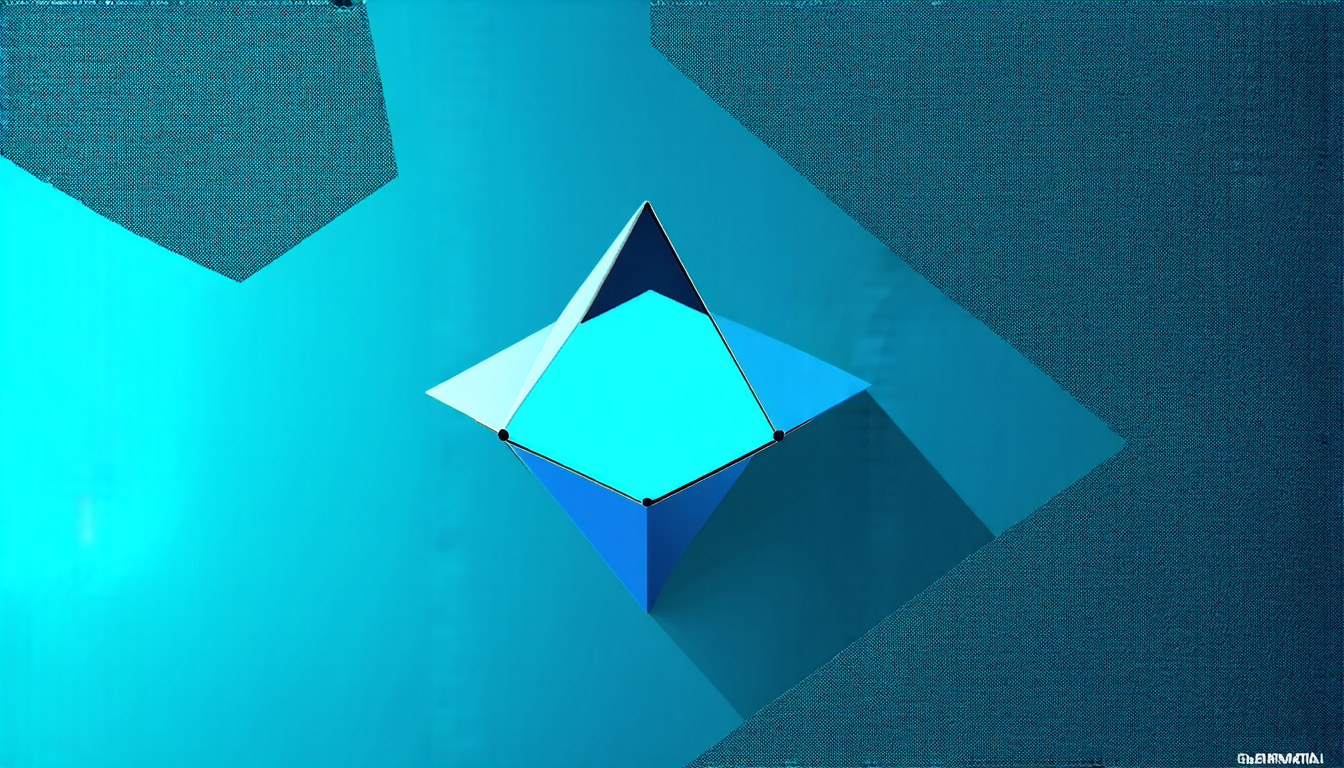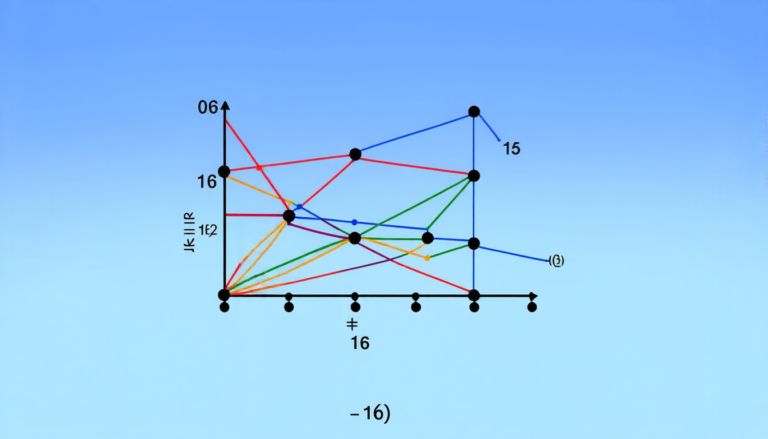Sunday 01 June 2025
Mathematicians have made a significant discovery in the field of algebraic geometry, shedding light on a previously mysterious area of study. For decades, researchers have been trying to understand the properties of L-special domains – complex shapes that can be defined by polynomial equations.
These domains are special because they have a unique relationship with elliptic operators, which are used to describe physical phenomena in fields like quantum mechanics and electrical engineering. The discovery could have far-reaching implications for our understanding of these phenomena and potentially lead to breakthroughs in fields such as materials science and computer graphics.
The key to the breakthrough was finding a new way to construct L-special domains with algebraic boundaries of higher order – previously, only low-order boundaries had been studied. By using a novel approach that involves manipulating polynomial equations, researchers were able to create domains with fourth-order boundaries, which are much more complex than their lower-order counterparts.
One of the most exciting aspects of this discovery is its potential applications in materials science. L-special domains could be used to model the properties of exotic materials with unusual electrical or magnetic properties. For example, researchers might use these domains to study the behavior of superconductors or topological insulators – materials that have unique electronic properties.
The new construction method also has implications for computer graphics and game development. By using L-special domains to create more realistic environments, game designers could create immersive experiences with unprecedented levels of detail. Similarly, in fields like architecture and engineering, the ability to model complex structures and simulate their behavior could revolutionize the way we design buildings and bridges.
The discovery is also significant because it opens up new avenues for research in algebraic geometry. The field has long been a cornerstone of mathematics, but recent advances have made it possible to apply its principles to real-world problems. This breakthrough shows that even seemingly abstract mathematical concepts can have practical applications, making it an exciting time for researchers in the field.
The next step will be to explore the properties of these new L-special domains and see how they behave in different situations. Researchers will also need to develop more advanced tools and algorithms to work with these complex shapes. However, the potential rewards are well worth the effort – this discovery could lead to a deeper understanding of the fundamental laws of physics and unlock new possibilities for innovation and discovery.
Cite this article: “Breaking New Ground in Algebraic Geometry: A Major Discovery with Far-Reaching Implications”, The Science Archive, 2025.
Algebraic Geometry, L-Special Domains, Elliptic Operators, Quantum Mechanics, Electrical Engineering, Materials Science, Computer Graphics, Game Development, Superconductors, Topological Insulators
Reference: Mikhail Borovikov, “On $L$-special domains with algebraic boundaries” (2025).







